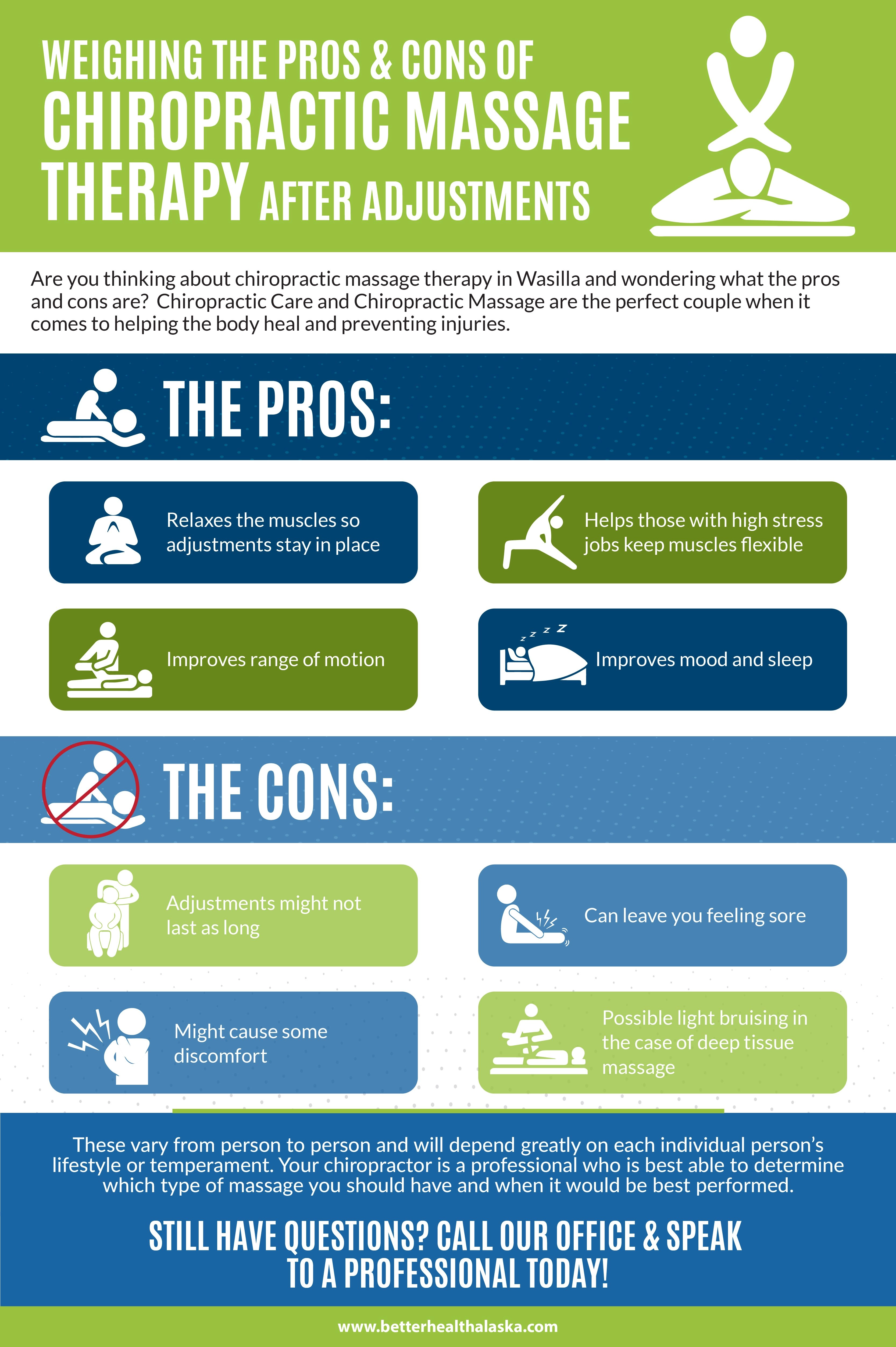The Link Between Stance And Pain In The Back: Ways To Ensure Proper Alignment All Day Long
The Link Between Stance And Pain In The Back: Ways To Ensure Proper Alignment All Day Long
Blog Article
Written By-Bush Mcgowan
Preserving proper position isn't just about staying up directly; it's about straightening your body in a way that sustains your spine and reduces the danger of pain in the back. The means you sit, stand, and move throughout the day can significantly affect your spine wellness. Yet how exactly can you make certain great placement continually, even throughout active days filled with various tasks? Let's dig deeper right into the subtle yet impactful adjustments you can make to your everyday regimen to maintain your back happy and healthy and balanced.
Significance of Appropriate Stance
Proper stance is vital in preserving a healthy and balanced back and preventing discomfort. When you rest or stand with excellent position, your spine remains in positioning, reducing pressure on your muscular tissues, ligaments, and joints. This positioning allows the body to distribute weight evenly, stopping extreme stress on certain areas that can bring about pain and pain. By maintaining your spine correctly straightened, you can additionally improve your breathing and food digestion, as slouching can press organs and restrict their capability.
Furthermore, maintaining good stance can boost your total look and positive self-image. When back therapy stand tall with your shoulders back and head held high, you emanate confidence and show up even more friendly. Good posture can also make you really feel a lot more invigorated and alert, as it advertises proper blood circulation and permits your muscular tissues to function successfully.
Integrating correct posture into your everyday routine, whether sitting at a workdesk, walking, or working out, is necessary for preventing pain in the back and promoting general health. Remember, a small modification in exactly how you hold yourself can make a considerable difference in just how you really feel and function throughout the day.
Common Postural Mistakes
When it comes to preserving great posture, numerous individuals unconsciously make common errors that can contribute to pain in the back and pain. Among the most prevalent mistakes is slumping over or hunching over while resting or standing. This position puts too much strain on the spinal column and can cause muscular tissue imbalances and pain over time.
Another usual blunder is overarching the lower back, which can flatten the natural contour of the spine and create pain. In addition, going across legs while sitting may feel comfy, however it can produce an imbalance in the hips and pelvis, resulting in postural concerns.
Using a cushion that's too soft or too firm while sleeping can likewise affect your alignment and contribute to neck and back pain. Lastly, regularly craning your neck to check out displays or readjusting your setting regularly can stress the neck and shoulders. Bearing in mind these usual postural errors can assist you keep better positioning and minimize the risk of back pain.
Tips for Correcting Positioning
To boost your alignment and lower back pain, it's vital to focus on making small changes throughout your daily regimen. Beginning by being mindful of your stance. When resting, guarantee your feet are flat on the flooring, your back is straight, and your shoulders are loosened up. Prevent slouching or leaning to one side. Use ergonomic chairs or paddings to support your reduced back.
When standing, disperse your weight uniformly on both feet, keep your knees slightly bent, and tuck in your pelvis. Engage your core muscle mass to support your back. Take breaks to extend and walk if you have a sedentary work. Incorporate exercises that reinforce your core and back muscles, such as planks or bridges.
While sleeping, use a cushion that sustains the all-natural curve of your neck to maintain appropriate spinal placement. Avoid sleeping on your tummy, as it can stress your neck and back. By being mindful of these pointers and making small adjustments, you can gradually fix your placement and alleviate back pain.
Final thought
Keep in mind, keeping excellent pose is essential to stop pain in the back and advertising back health. By being mindful of your positioning, dispersing weight uniformly, and involving your core muscle mass, you can decrease stress on your back and lessen the danger of discomfort and injury. Incorporate ergonomic support, take regular breaks to stretch, and strengthen your core and back muscle mass to maintain correct positioning throughout the day. https://www.healthline.com/health/drugs/faslodex-side-effects will certainly thank you for it!
